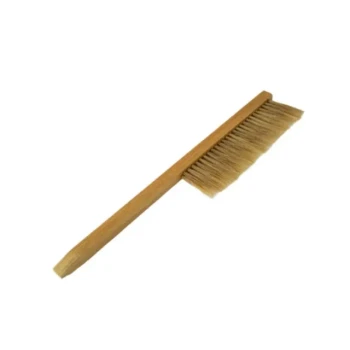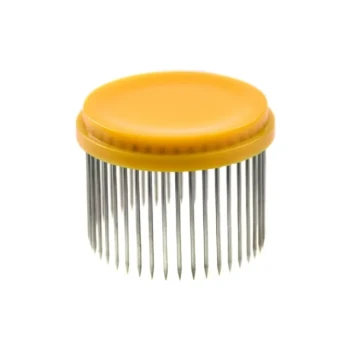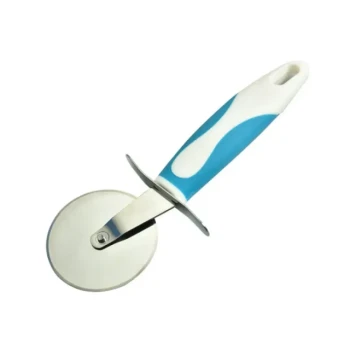To put it plainly, the bees did not consume the pollen substitute patties as one might expect. They initially ignored the protein-rich patties, even though they contained sugar, and instead showed a strong preference for sham patties that contained only sugar. This behavior suggests their interest in supplemental protein is highly dependent on the availability of natural pollen.
The core observation is that bees will prioritize simple carbohydrates over supplemental protein when natural pollen is abundant. They may even go as far as to consume the sugar from a substitute patty while discarding the valuable protein component.
The Unexpected Initial Response
During the trial, the bees' behavior provided a clear indication of their nutritional priorities. Their response to the different patties was immediate and unambiguous.
A Clear Preference for Sugar
The control hives in the trial were given "sham" patties containing only sugar. The bees in these colonies ravenously consumed these patties. This demonstrates a strong appetite for readily available carbohydrates.
Ignoring the Protein Patties
In contrast, bees in the Treatment group, which received complete pollen substitute patties, initially ignored them. This lack of interest occurred despite the fact that these patties also contained sugar.
Interpreting the Bees' Behavior
This counterintuitive behavior points to a critical principle in bee nutrition: need-based consumption. The bees' actions were not random but a direct reflection of the resources available in their environment.
The Role of Natural Pollen
The most likely explanation for this behavior is that natural pollen was plentiful during the trial. When bees can collect sufficient high-quality natural protein, they have little incentive to consume an artificial substitute. Their focus remains on collecting carbohydrates for energy.
Evidence of "Sugar Stripping"
A key piece of evidence was the discovery of pollen substitute residues at the hive entrances. This observation suggests that when the bees did consume the patties, they may have been doing so only for the sugar. They effectively "stripped" the carbohydrates and discarded the protein component, which they did not need at the time.
Understanding the Pitfalls of Supplemental Feeding
These findings highlight a common mistake in supplemental feeding: providing resources that the colony doesn't currently need. This can lead to wasted resources and a misinterpretation of the colony's health and needs.
Wasted Resources and Effort
Providing expensive pollen substitutes when bees won't properly consume them is a waste of both money and the beekeeper's time. The discarded protein at the hive entrance is a literal sign of this waste.
Misinterpreting Consumption
Seeing a patty being consumed can be misleading. As the trial shows, consumption does not always equal proper utilization. Bees eating a patty may only be interested in the sugar, leading a beekeeper to mistakenly believe the colony has a protein deficit.
How to Apply These Findings to Your Hives
Understanding this behavior allows you to make more strategic and effective feeding decisions. Your approach should be guided by observation of both your hives and the surrounding environment.
- If your primary focus is supporting a colony during a pollen dearth: This is the ideal time to use pollen substitutes, as the bees will have a genuine need for the protein and are more likely to utilize it fully.
- If your goal is to stimulate early-season growth: First, assess natural pollen availability. If a strong natural flow begins, be prepared for your bees to ignore supplemental protein patties.
- If you observe patty residue at the hive entrance: Take this as a sign that your bees may only be consuming the patty for its sugar content and do not require additional protein at this moment.
Ultimately, your feeding strategy should be dictated by the colony's demonstrated needs, not by a predetermined schedule.
Summary Table:
| Observation | Implication for Beekeepers |
|---|---|
| Bees ignored protein patties | Protein not needed if natural pollen is abundant |
| Bees ravenously ate sugar-only patties | Strong, ongoing demand for carbohydrates |
| Protein residue found at hive entrance | "Sugar stripping" indicates wasted protein supplement |
| Consumption does not equal utilization | A patty being eaten doesn't confirm a protein deficit |
Stop Wasting Money on Unused Supplements!
Understanding your bees' true nutritional needs is key to a profitable and healthy apiary. The trial results show that strategic feeding, based on environmental cues, is essential.
HONESTBEE supplies high-quality beekeeping supplies and equipment to commercial apiaries and distributors through wholesale-focused operations. We provide the reliable tools you need to manage your hives effectively, from feeding supplies to essential hardware.
Let us help you optimize your feeding strategy and improve your bottom line.
Contact HONESTBEE today to discuss your apiary's needs and our wholesale solutions.
Related Products
- Wooden Bee Brush with Triple Row Artificial Fiber for Beekeeping
- Classic Wooden Bee Brush with Double-Row Boar Bristles
- Heavy Duty Cowboy Beekeeper Hat with Visibility Veil Outdoor Professional Beekeeping Protective Gear
- Brown Nicot Queen Cell Cups for Breeding Queen Bees Beekeeping
- JZBZ Push-In Queen Cell Cups for Beekeeping
People Also Ask
- How does using a bee brush benefit beekeepers and the hive? Achieve Gentle, Stress-Free Hive Management
- What are the characteristics of the bristles on a bee brush? Designed for Gentle Persuasion, Not Force
- Is a bee brush used to harm bees? Learn the Proper Tool for Gentle Beekeeping
- What is the purpose of a bee brush? Gently Manage Your Hive with Precision
- What are the key features of a popular bee brush? Essential Design for Bee Safety and Hive Hygiene



















